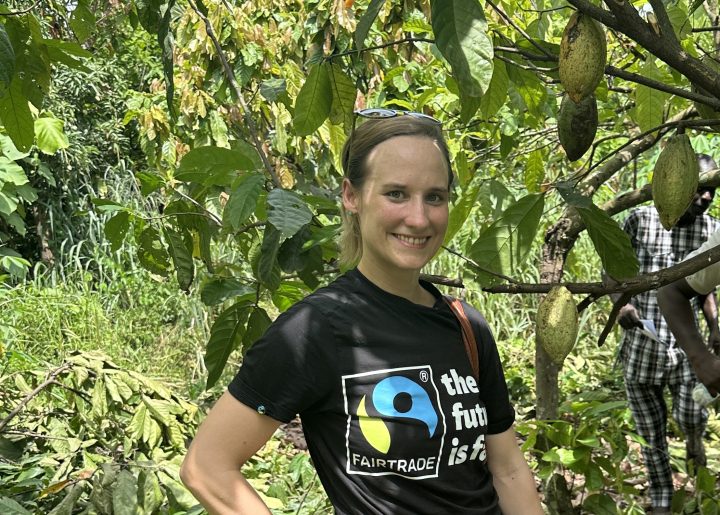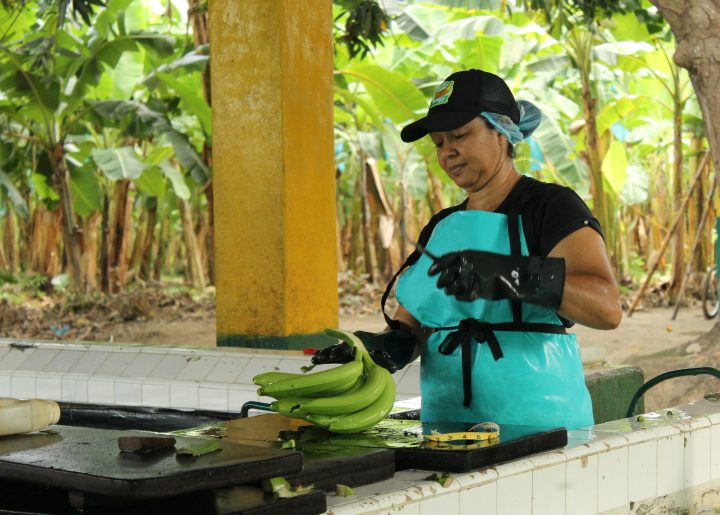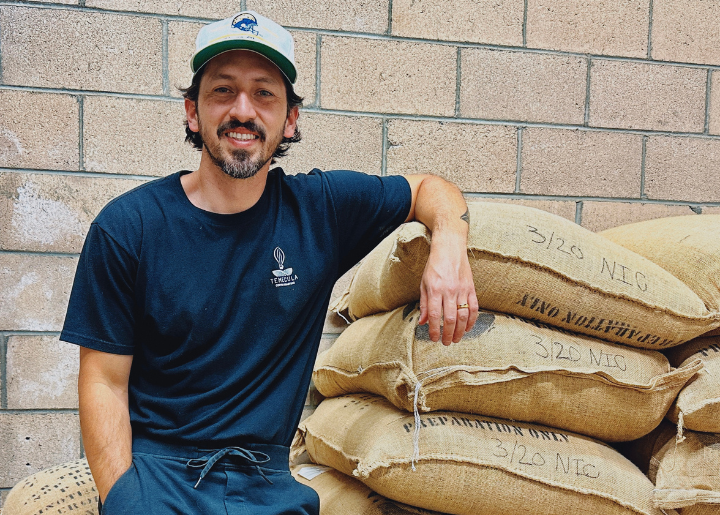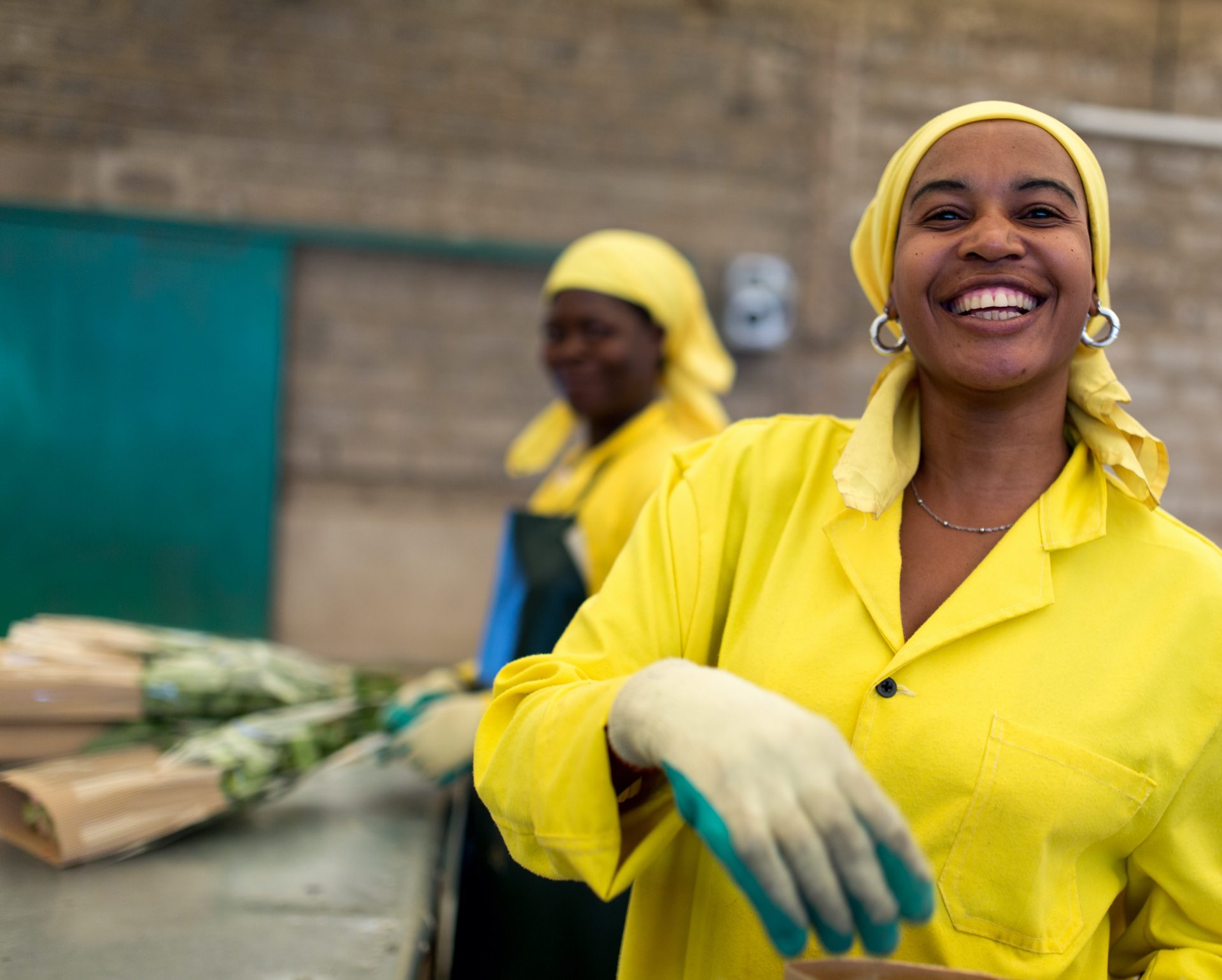Back to School the Fairtrade Way

Respect, responsibility, sharing, the concept of fairness – these are all essential values that educators hope to impart on their pupils. Unfortunately, something that’s too often left out of the lesson is that many of the products we rely on every day getting ready for school & work – coffee, cocoa, bananas – are produced un-fairly.
Farmers are too often paid well below the costs of production and with few alternatives, most struggle to feed their families. Fairtrade asks a simple question: Why can’t we pay farmers fairly and make sure they have extra to invest in their community as they see fit? These simple questions can lead to many teachable moments as a parent or teacher. As you prepare for the school year, take some time to teach about fairness and social justice. Here are a few ideas:
- At the breakfast table – Before catching the bus, explore where your bananas come from. Are they grown in the US? Do they grow on trees or in the ground? Watch this short film on bananas from the Fairtrade Foundation.
- Geography – Many of the products we rely on every day can’t be grown in the US. Fairtrade products provide a built-in geography lesson. For example, did you know cocoa originated in Central America, but Ghana and the Ivory Coast now supply most of the world’s cocoa? Locate these countries on a map.
- Economics 101– Cocoa farmers who supply the raw ingredient in chocolate earn just 6.6 percent of the value of a ton of chocolate. Check out ‘Make Chocolate Fair’ to learn more.
- Cultural studies – Learning about others builds cross-cultural bridges and understanding. With so many brands sharing information on where their products originate, students have a terrific opportunity to learn more about the people producing bananas, sugar, coffee and chocolate.
- Double the impact of your school bake sales – Planning a bake sale to support the local team or theater group? Incorporate Fairtrade chocolate, sugar or fruit into your baked goods. It’s an opportunity to engage with your community about why you chose Fairtrade!
- In the grocery store – Look for the Fairtrade label. Can’t find it on your favorite products? Take action and write to the company asking them to source Fairtrade products — you can help makes a difference!
Project Idea: The Fairtrade Difference
There are lots of ways to integrate Fairtrade into the school day. Paris, an eighth-grade student in Greendale, Wis., had a great idea for a school project comparing Fairtrade and conventional chocolate. She and her partner created a poster explaining Fairtrade’s impact for cocoa farmers.
“There were two things about conventional name brand chocolates like Hershey’s, Nestle, and Mars that surprised my school: The first was the realization that unlike Fairtrade certified chocolate, conventional chocolate is often made using slave labor,” Paris said. “The second surprise to us was that Fairtrade chocolate actually tastes better than conventional!”
The students charged 25 cents for samples of different brands, including Divine’s Fairtrade Chocolate, alongside conventional chocolates. Students were eager to taste the difference that Fairtrade makes and many returned for more.
“We raised about $42 to donate to fair trade organizations. I’m on a mission to continue to spread the word about Fairtrade trade products,” Paris added. “Thanks to my partner Emma and Fairtrade America for helping us create this awesome school project.”
Learning Resources for Parents and Teachers
- Fair Trade in Your Classroom – Lesson Plan from Fair Trade Campaigns – Four lesson plans that explore global economics, gender equity, child labor and environmental sustainability.
- Equal Exchange Educational Materials – Presentations, curricula, and info-graphics for learning about fair trade.
- Chocolate Project: Fair Trade & Social Justice – Lesson plans on fair trade and the cocoa industry for grades 1-12 from Catholic Relief Services.
Fairtrade Alternatives for Back-to-School
- Nature’s Path toaster pastries
- Once Again Organic Amoré Hazelnut Spread with Cocoa
- Field Day fruit spreads
- Jamnation Jams
- Dhana, Inc. children’s clothing
- Bananas from Equal Exchange & Coliman
Click here for a complete listing of Fairtrade certified products.
Topics
We’re in this together
Fairtrade America partners with brands on the journey to certification and beyond. We can help with everything from finding a certified supply chain to marketing your newly certified product.
Get in Touch



